Gene-editing produces tenfold increase in superbug slaying antibiotics
Scienmag
JANUARY 12, 2021
Martins Scientists have used gene-editing advances to achieve a tenfold increase in the production of super-bug targeting formicamycin antibiotics. The John Innes Centre researchers used the technology to create a new strain of Streptomyces formicae bacteria which over-produces the medically promising molecules.



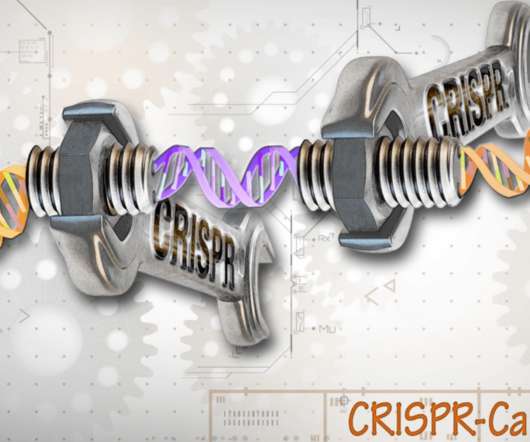
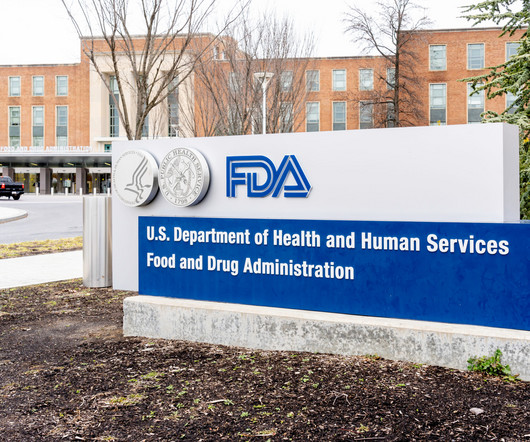
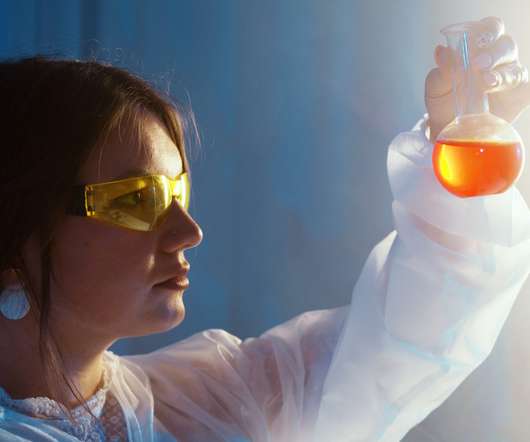

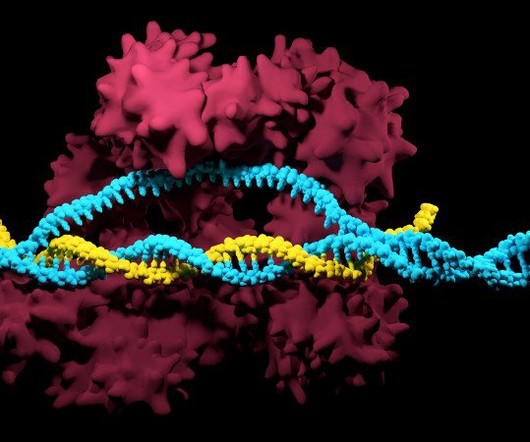
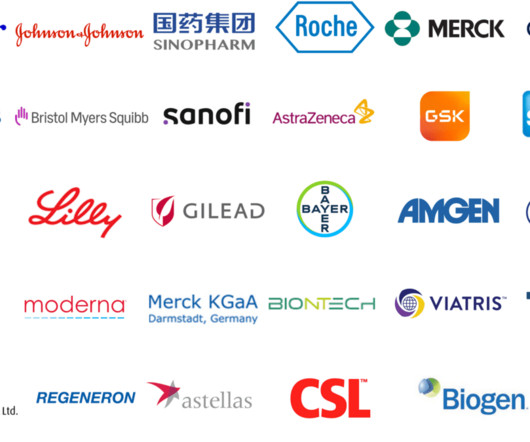








Let's personalize your content